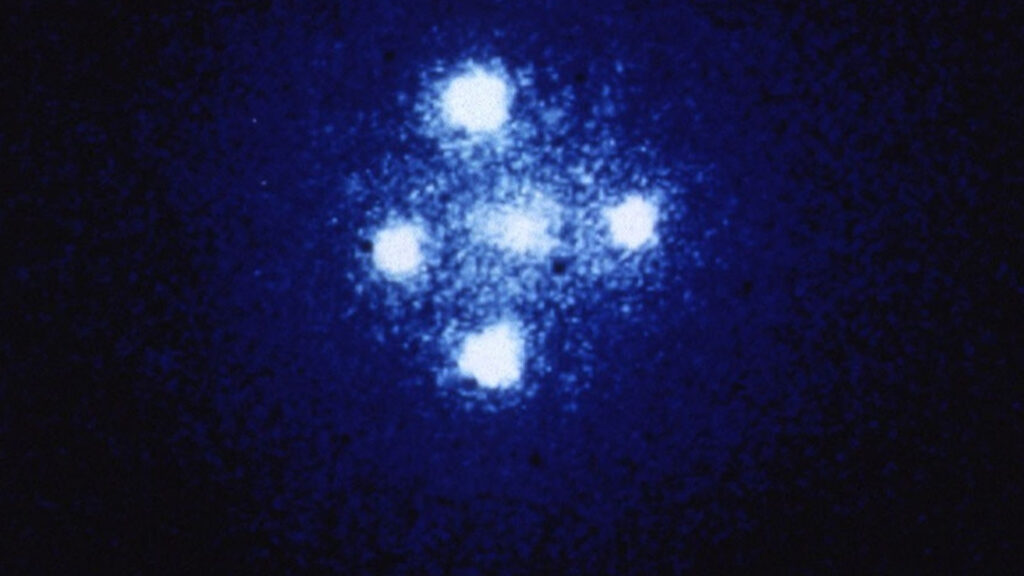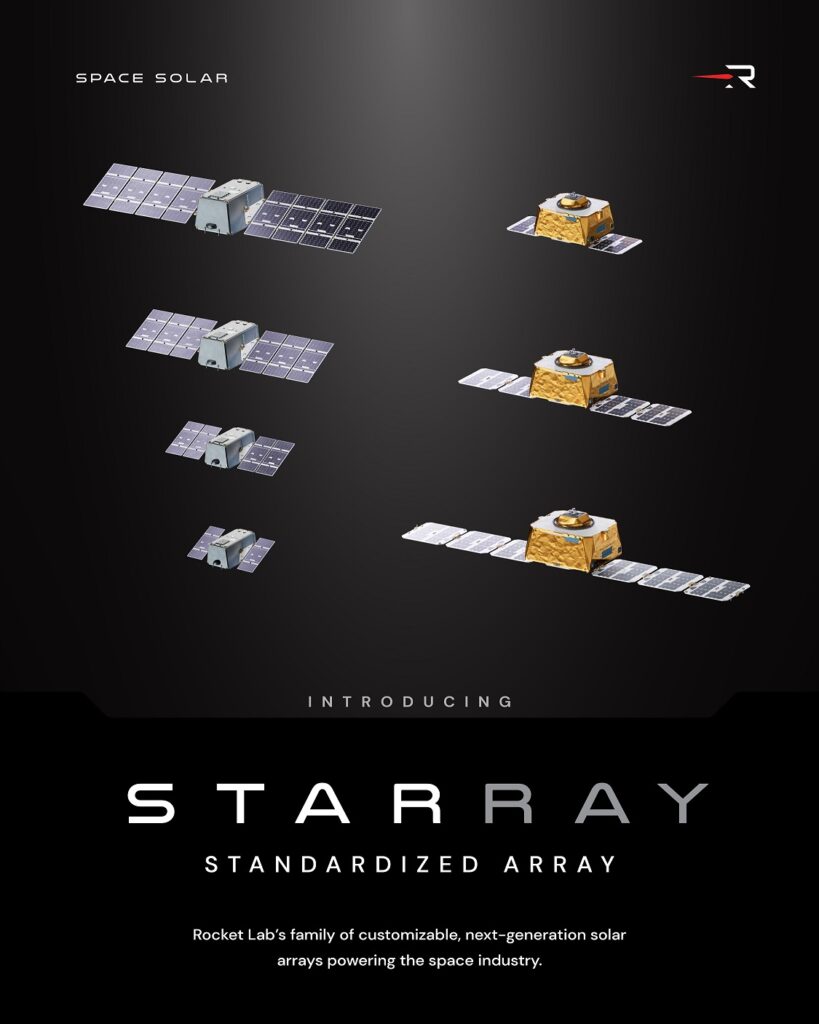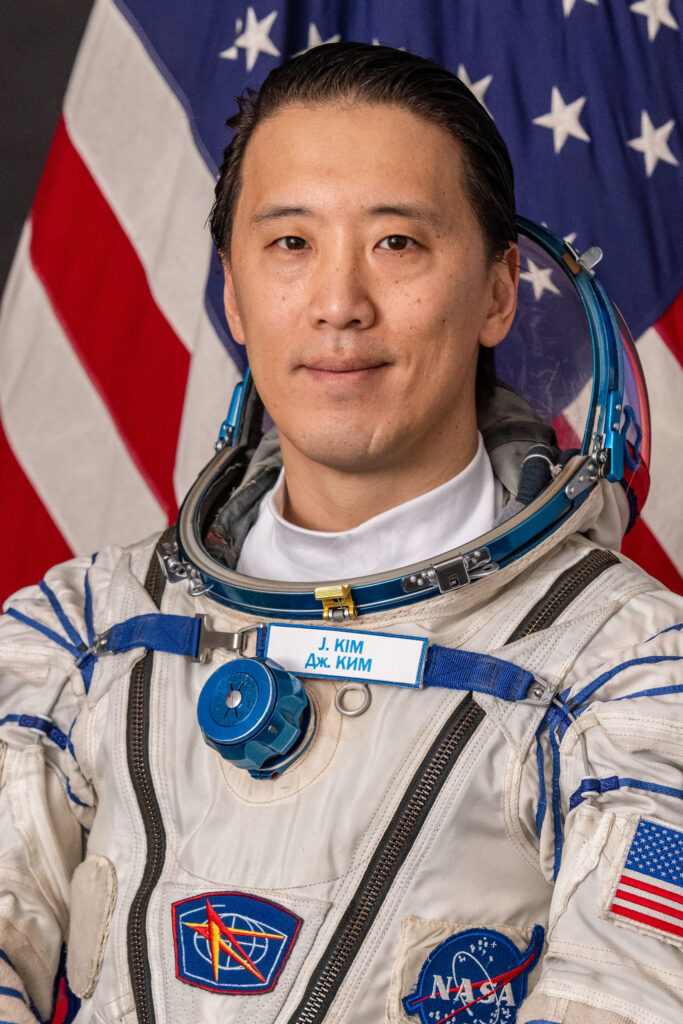The Hubble Space Telescope is celebrating its 35th anniversary in space today, but even as a senior citizen in the spacecraft population, it is showing no sign of slowing down.
“Hubble is more scientifically productive now than ever before, which is kind of mind-blowing,” Jennifer Wiseman, the Senior Project Scientist for Hubble at NASA’s Goddard Space Flight Center, told Space.com.
Launched in 1990 by NASA and operated jointly with the European Space Agency, the Hubble Space Telescope was a dream brought to reality. All of a sudden, scientists could harness a large, multi-purpose observatory operating in orbit, beyond the blurring effects of Earth’s atmosphere. Now a household name, Hubble has had a hand in many of the most crucial astronomical discoveries of the past four decades.
Hubble, for instance, confirmed that every large galaxy hosts a supermassive black hole at its heart and has kept a keen watch on the expanding remnant of supernova 1987A. Through Hubble’s observations of Type Ia supernovas, astronomers discovered dark energy accelerating the expansion of the universe. Hubble’s deep fields took humans further back in time than ever before when they were released, across 13 billion years of cosmic history. Hubble pioneered the study of exoplanetary atmospheres, and is still vital for keeping track of goings-on in the atmospheres of the outer giant planets of our solar system.
Yet, it has not all been smooth sailing for Hubble.
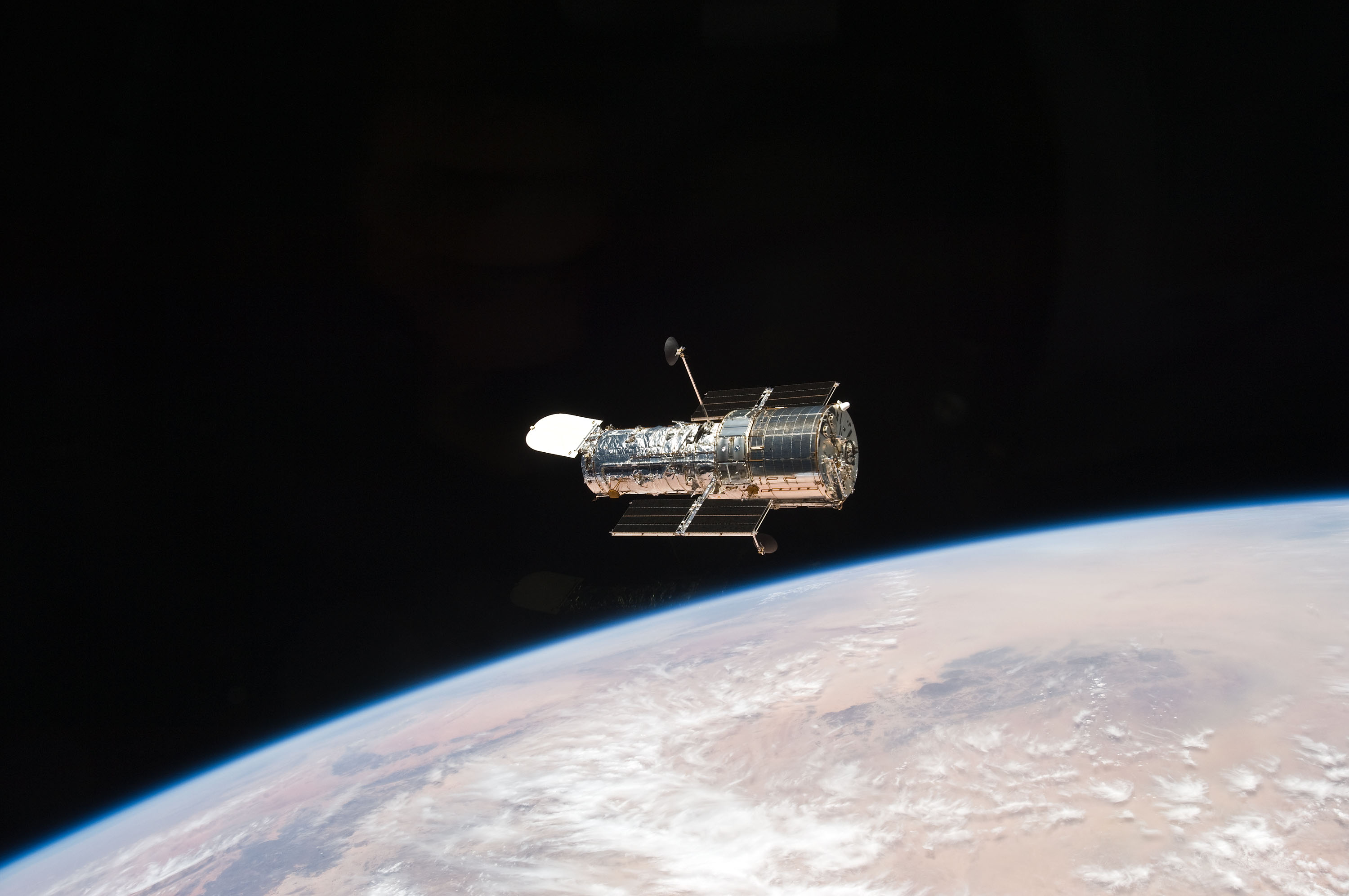
Saving Hubble
At times it has seemed like this space telescope has more lives than a cat.
After it first launched, scientists realized that one of Hubble’s primary mirrors was ground to the wrong specification. As a result, a daring rescue mission was planned. Astronauts rode to Hubble in orbit aboard the space shuttle Endeavour and installed corrective optics in 1993, restoring the telescope’s vision.
Hubble was actually designed to be serviced by visiting astronauts in this way; three more missions tended to the space telescope between 1997 and 2002, but the Columbia space shuttle disaster a year later cast doubt on future servicing missions. After the shuttle returned to flight, only enough space shuttle missions to complete construction of the International Space Station were initially planned before the shuttle fleet was to be retired. A final servicing mission to Hubble was deemed too risky — but with the ailing telescope’s instruments failing one by one, and its point-and-control system on its last legs, NASA was convinced to fly one more mission to save Hubble.
That mission flew in 2009 and it was the last time that astronauts visited the space telescope. New instruments were installed, old ones were replaced, and the observatory was given a general sprucing up. Its longevity from thereon was thought to depend upon how long its gyroscopes, vital for accurately pointing the telescope, could last. Hubble was installed with five gyroscopes; the received wisdom was that it needed at least three to operate correctly.

By 2024, only three gyroscopes were left functioning. Then, one of them started malfunctioning.
“It became very noisy and difficult to work with, and ultimately was disruptive to Hubble’s observations,” said Wiseman. It seemed like perhaps time had finally caught up with Hubble, but others on the ground thought otherwise.
“Our brilliant technical team came up with an ingenious way of honing Hubble’s point-and-control system so that it only needs one gyroscope,” said Wiseman. “This one-gyro mode is now working very well.”
And so, Hubble survived.
Perhaps that is partly why Hubble is so loved, by both astronomers and the public: It has beaten the odds time and again to keep observing, and the tenacity of the telescope and its team can’t help but be endearing.
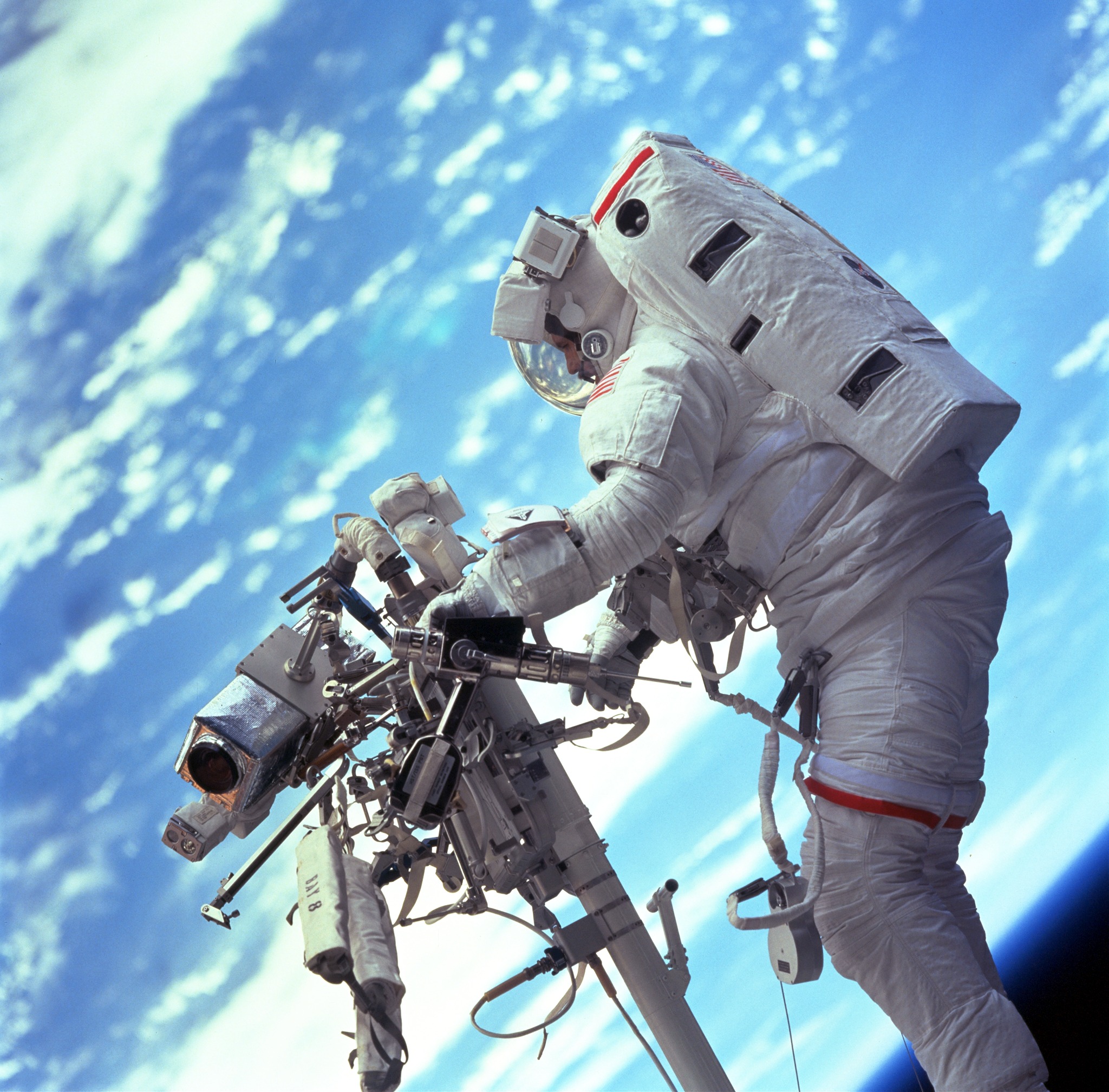
The forefront of astronomical research
The other part of the reason why Hubble is so loved is the extraordinary science that it continues to produce, and at an increasing rate according to Wiseman. She defines Hubble’s prodigious scientific productivity in terms of the sheer number of peer-reviewed research papers based, at least in part, on Hubble data that are being published.
So, with its youngest instruments now 16 years old, how does the venerable observatory remain at the forefront of astronomical research after so long? Despite those hiccups along the way, the gyroscope-fix exemplifies how Hubble has found a way to remain preternaturally young.
“Hubble is still in excellent technical condition, all its science instruments are in good shape and it looks like they will be for some years to come,” said Wiseman, who credits the instruments’ longevity to their careful maintenance and operation by the telescope’s technical team on the ground at both NASA Goddard Space Flight Center and the Space Telescope Science Institute (STScI).
Take, for example, the telescope’s Cosmic Origins Spectrograph (COS), which operates at ultraviolet wavelengths, probing star-formation to track the large-scale structure of the universe. Hubble’s ultraviolet vision is precious — ultraviolet astronomy can only be conducted above Earth’s absorbing ozone, and Hubble is the only general-purpose ultraviolet facility currently in operation.
COS was installed in 2009, but “is still producing fantastic scientific results, in large part because the technical team on the ground is finding ways of preserving and extending the life of the sensitive detectors in the spectrograph and innovative ways of using different parts of the detector to keep it fresh,” said Wiseman.
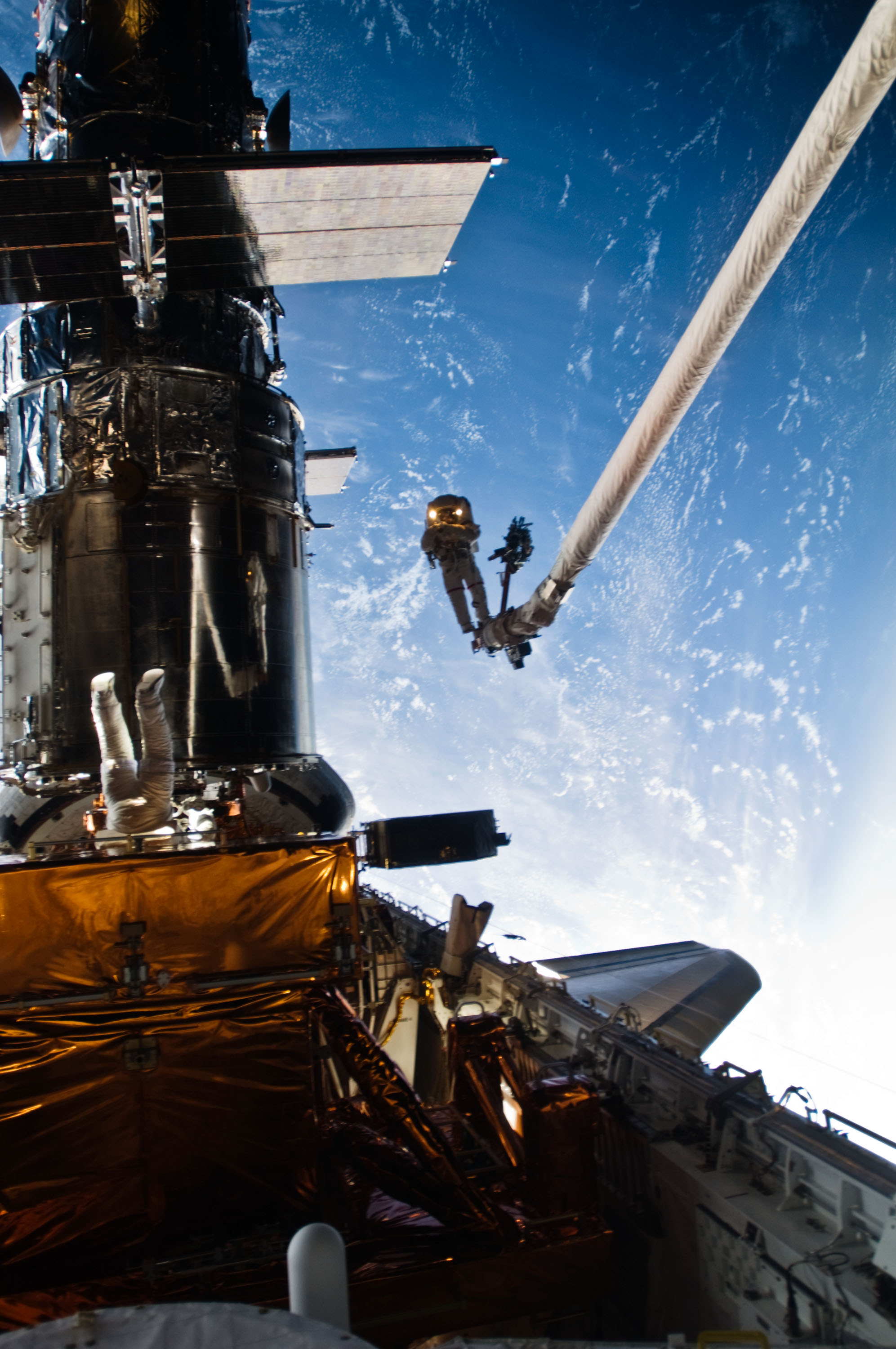
Teamwork
In addition, Hubble has always been a collaborative instrument, previously working in unison with NASA’s now-defunct Spitzer Space Telescope, the still-active Chandra X-ray Observatory, and large observatories on the ground such as the Keck telescopes. One of the big reasons, however, for the current increase in scientific research projects for Hubble is that it now has two new and powerful partners in crime: the Atacama Large Millimeter/submillimeter Array (ALMA) and, of course, the James Webb Space Telescope (JWST).
Although, as Wiseman emphasizes, “Complementarity is just one reason why we’re getting more science out of Hubble,”
For instance, because the JWST’s vision extends into mid-infrared wavelengths, it is more adept at studying galaxies that existed close to the dawn of the universe, whose light has been greatly redshifted by the expansion of space. On the other hand, Hubble’s optical and ultraviolet vision is more suited to studying the local, low-redshift universe. Star-forming regions produce lots of ultraviolet light from hot stars born within them, but for those galaxies near the dawn of time, cosmic expansion has stretched the ultraviolet light of star-forming regions well into the infrared regime.
“By using Hubble and Webb in complement, we can build a complete cosmic history by comparing what Hubble can see in detail in ultraviolet light in nearby galaxies with what Webb is seeing, and we can extrapolate and piece together different epochs of cosmic time based on what each see,” said Wiseman.
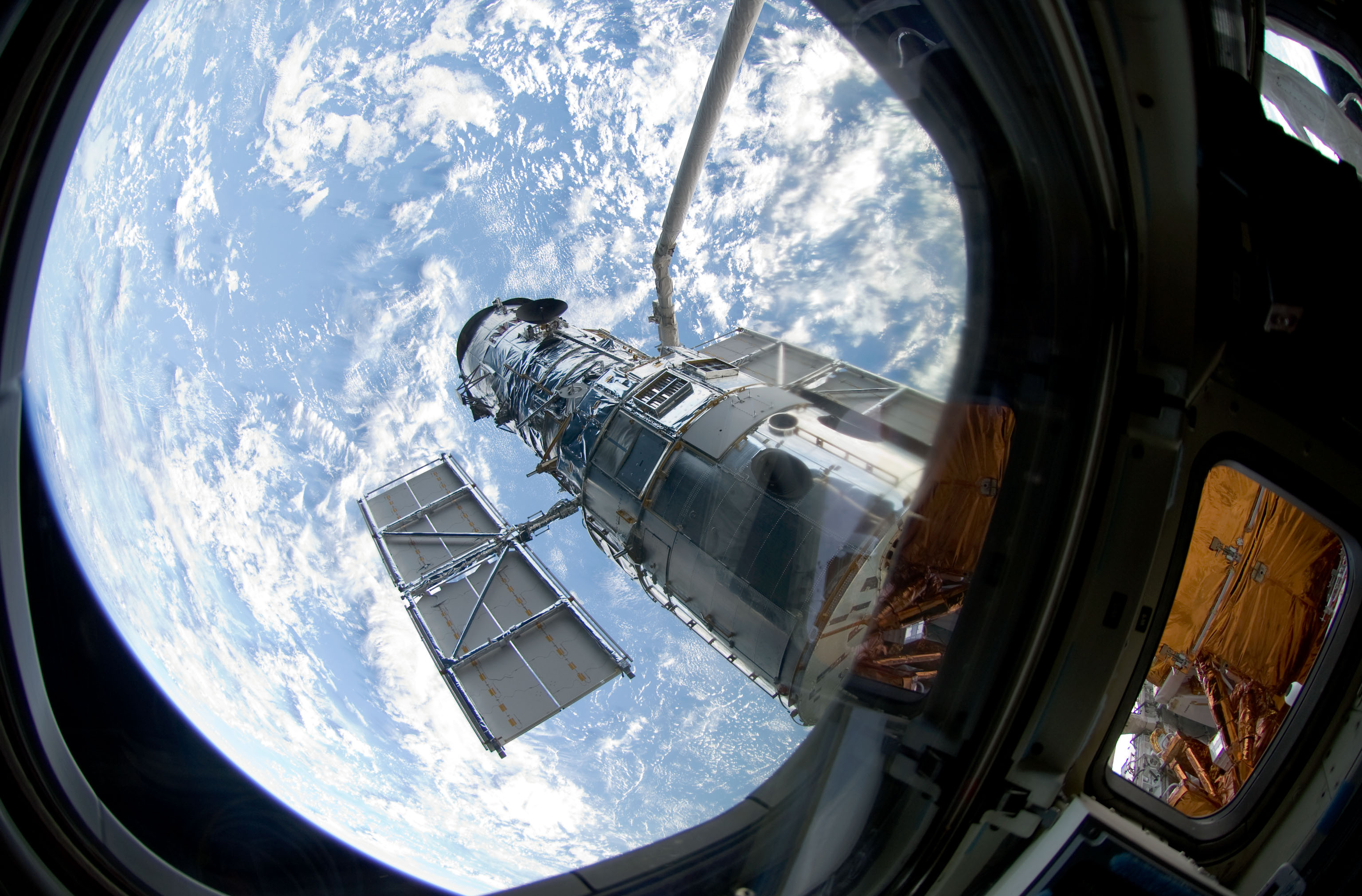
The perspective of time
The final reason why we’ve reached peak Hubble is to do with the space telescope’s longevity, which has allowed it to build up a deep and magnificent dataset stretching back 35 years.
The universe is not static; things change over time, whether it be cloud systems on the outer giant planets, stars that exploded, erratic and active black holes, or variable stars such as T Corona Borealis. By accessing Hubble’s archives, which are readily available to everyone, scientists are now able to track long-period changes in these transient phenomena.
“These are some of the ways that scientists are using Hubble to make astounding new discoveries even this far into the mission,” said Wiseman. “What’s happening is that scientists are asking new questions that we couldn’t even ask before, but now that we have decades’ worth of sensitive data it allows us to ask those questions about time-varying phenomena.”
Still, Hubble won’t last forever. Nothing ever does.
Assuming there’s no change in the status of its instruments, the greatest danger to Hubble is atmospheric drag, which is slowly but surely slowing the space telescope’s orbital velocity. It is expected to re-enter the atmosphere and burn up at some point in the 2030s.
“Losing Hubble will be an enormous loss to science,” said Wiseman, “because Hubble has very unique capabilities that are currently unmatched.”
Related Stories:
The true successor to Hubble, able to operate in both ultraviolet and optical light with an eight-meter mirror at minimum, will not launch until the 2040s at the earliest. That could leave a gap without a flagship optical and ultraviolet space telescope — but Hubble’s destiny is not yet determined.
Though it would be costly and, to some extent, risky in the sense that it hasn’t been attempted before on such a scale, some have proposed that a future robotic mission could launch to Hubble, lock onto it, and fire a rocket to boost Hubble to a higher orbit and give it more years of science.
When the time comes, it would be handy if Hubble could pull just one more life out of its bag.

